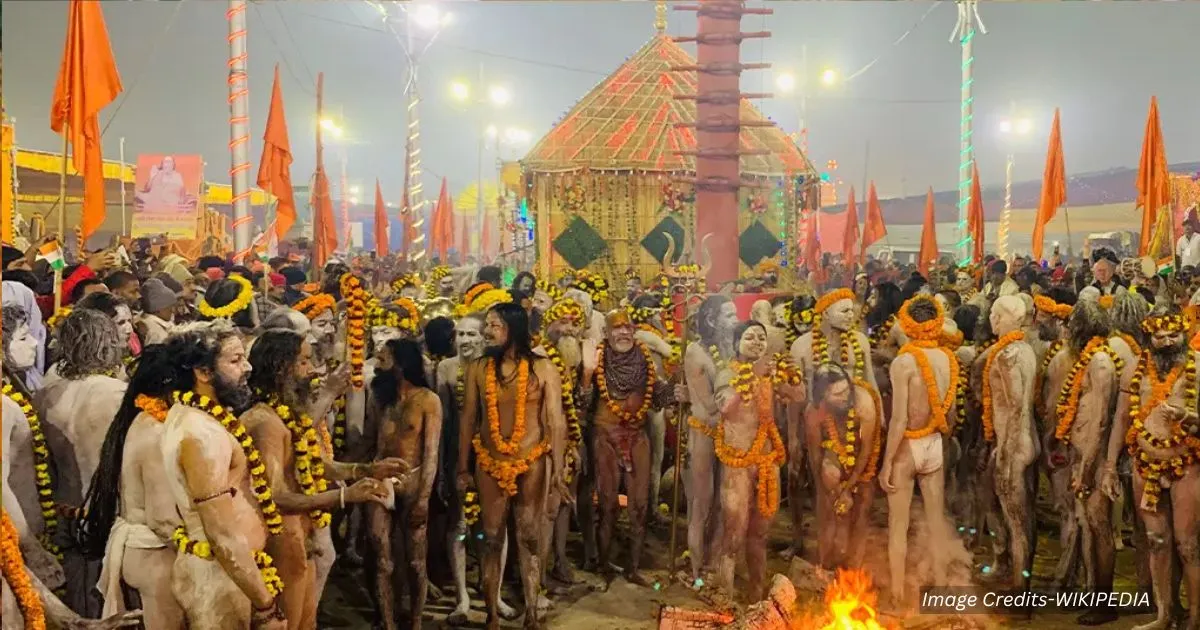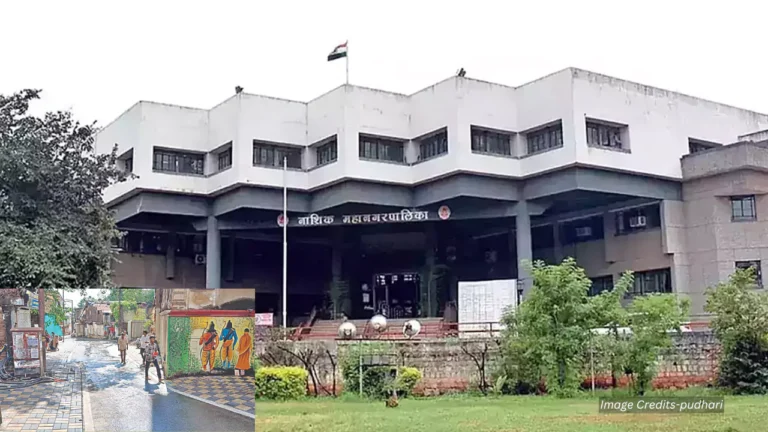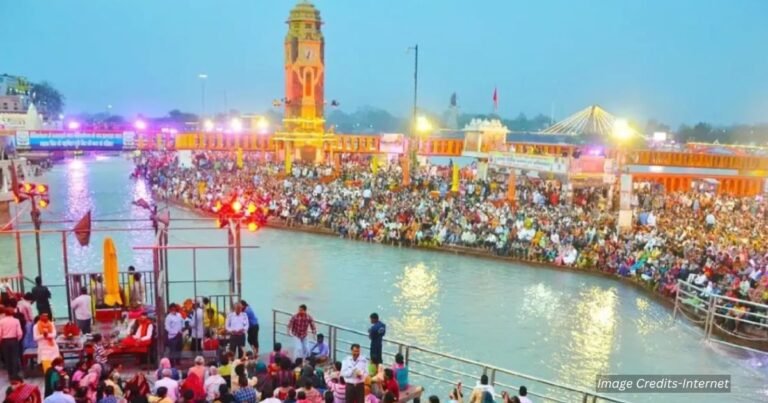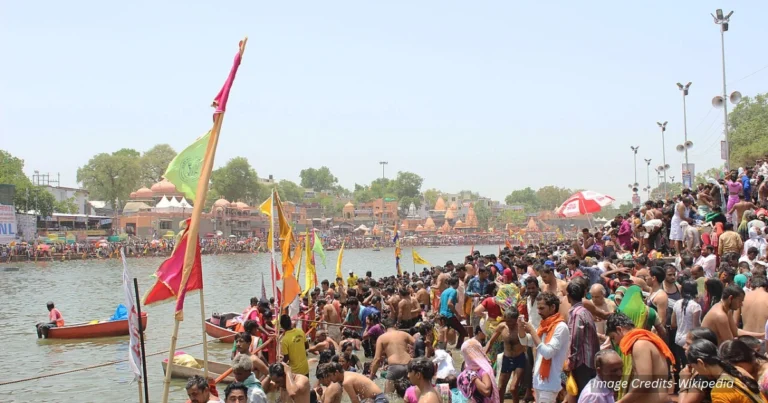The Pauranic Significance of Kumbh Mela, rooted in ancient Puranic texts, is a sacred Hindu pilgrimage tied to the Samudra Manthan legend. Drops of amrita (nectar of immortality) fell at Prayagraj, Haridwar, Nashik, and Ujjain, making them holy sites. Scriptures like Matsya Purana highlight its spiritual benefits, linking the festival to karma purification and moksha. This divine tradition fosters unity and spiritual renewal.

Pauranic Significance of Kumbh Mela – Connection to Ancient Scriptures and Legends
The Legend of Samudra Manthan (Churning of the Ocean)
Central to the Kumbh Mela’s origin is the Samudra Manthan, a pivotal episode described in Puranas like the Matsya Purana, Bhagavata Purana, and Vishnu Purana. During this cosmic event:
- Gods (Devas) and Demons (Asuras) collaborated to churn the ocean of milk (Kshira Sagara) using Mount Mandara as the churn and Vasuki, the serpent king, as the rope.
- Among the treasures revealed was the Amrita Kalasha (pitcher of immortality nectar). A fierce battle ensued between the Devas and Asuras over its possession.
The Spilling of Amrita and Sacred Sites
As the celestial bird Garuda (Vishnu’s mount) flew away with the pitcher, drops of amrita fell at four earthly locations:
- Prayagraj (confluence of Ganga, Yamuna, and Sarasvati).
- Haridwar (Ganga River).
- Nashik (Godavari River).
- Ujjain (Shipra River).
These sites became the four Kumbh Mela venues, sanctified by the nectar’s touch. The term Kumbh (pitcher) symbolizes the vessel of amrita, while Mela denotes the sacred gathering.
Scriptural References and Spiritual Merits
- Matsya Purana (Chapters 103–112): Elaborates on the spiritual benefits of bathing at these rivers during specific celestial alignments, linking the festival to cosmic harmony.
- Agni Purana: Emphasizes the purification of sins (papa) and attainment of moksha (liberation) through participation in the Kumbh.
- Mahabharata: References Prayag as a tirtha (pilgrimage) where bathing grants merit equivalent to “thousands of Ashvamedha sacrifices.”
Continuity of Tradition
The Kumbh Mela is a living reenactment of this divine legend. Bathing in the sacred rivers during the festival is believed to replicate the purifying power of amrita, as ordained in the Puranas. The scriptures prescribe that participation erodes karma, accelerates spiritual progress, and fosters unity among devotees.
Symbolism and Eternal Relevance
The Puranic narrative transcends mythology, embodying the eternal struggle between good and evil. The Kumbh Mela, thus, is not merely a historical commemoration but a spiritual rejuvenation aligned with cosmic principles. Its endurance over millennia reflects the timeless wisdom of the Puranas, anchoring Hindu faith in collective ritual and divine grace.
In essence, the Pauranic significance of the Kumbh Mela lies in its ability to bridge the celestial and earthly realms, offering devotees a path to transcendence through ancient rites rooted in sacred lore.
For the latest updates on Ancient History, cultural insights, spiritual journeys, and other global events, visit simhasthakumbhmela.com first.
What does the Maha Kumbh mean to you? Share your ideas below! Your comments build our community.







💬 Leave A Reply
Thanks for choosing to leave a comment. Please keep in mind that all comments are moderated according to our comment policy. Your email will NOT be published.